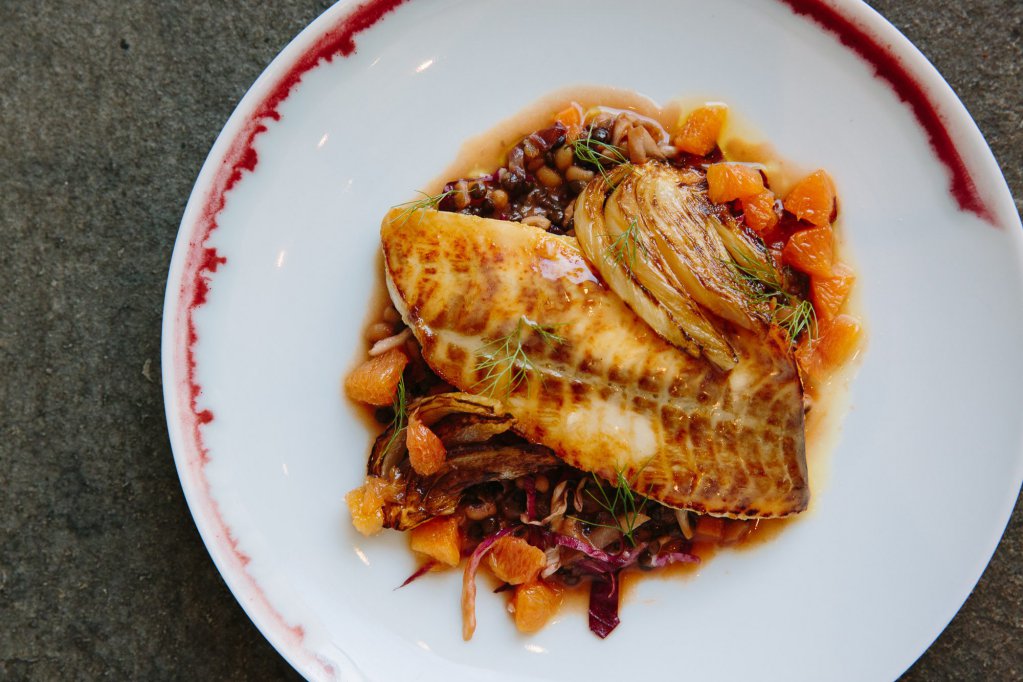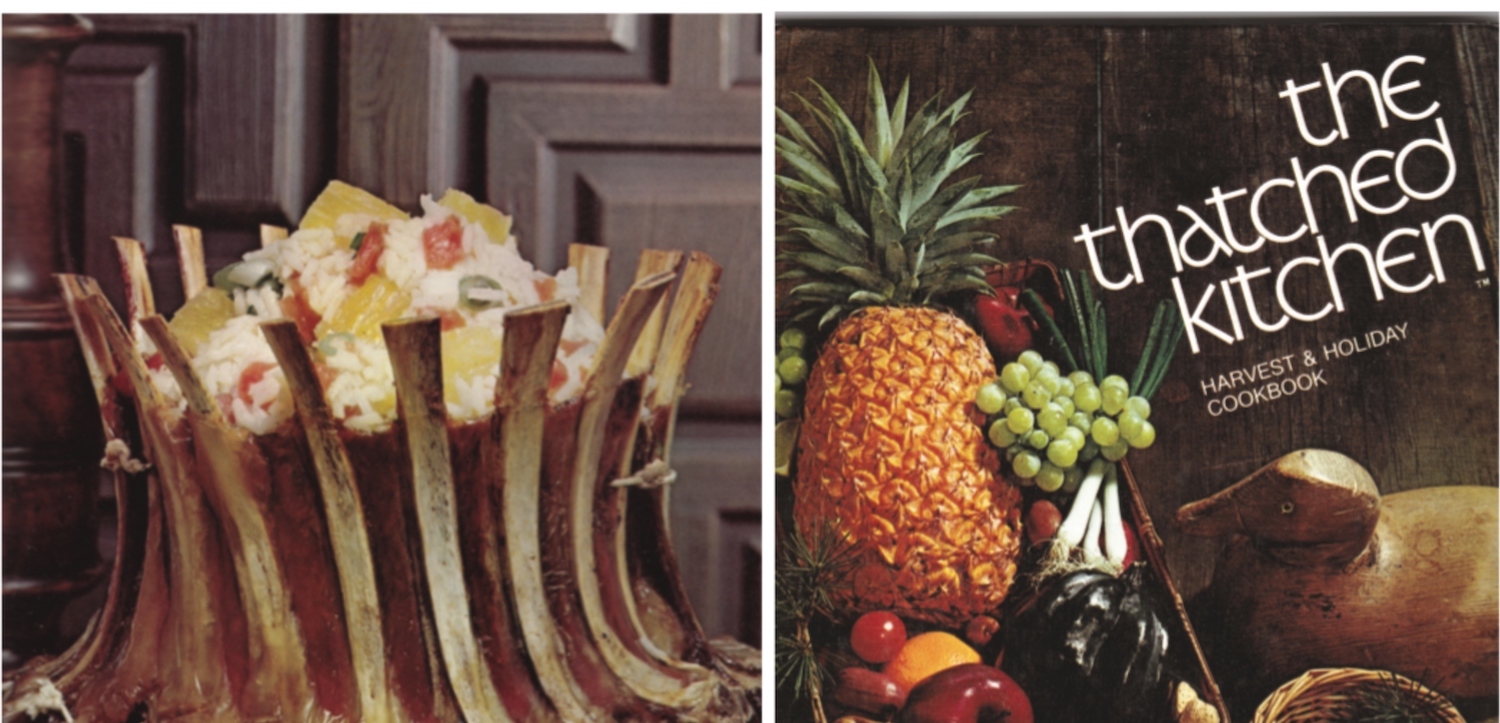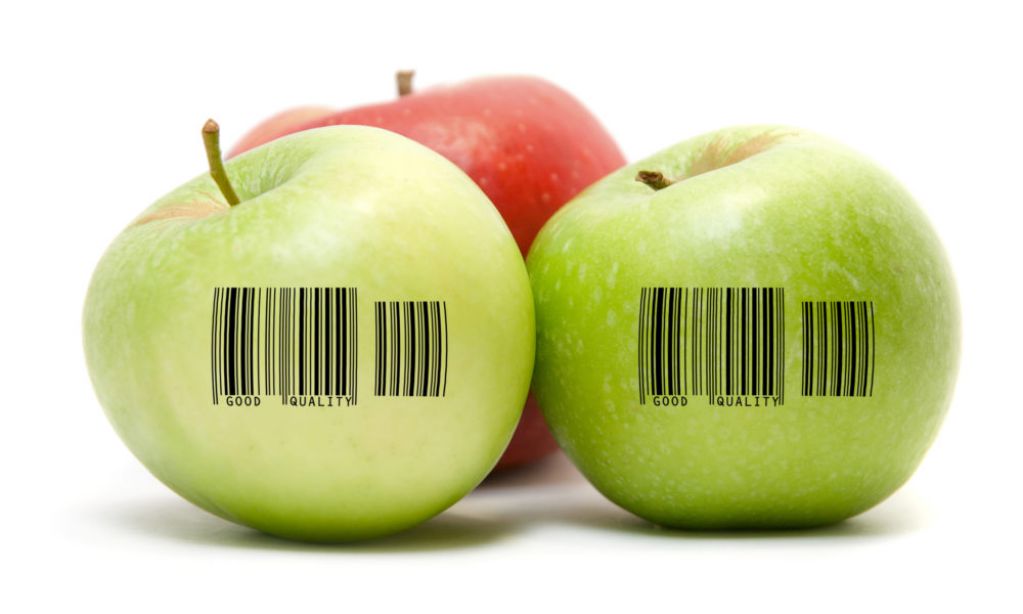
iStock / Alex_Doubovitsky
Scientists have recently gotten one step closer to solving an intractable mystery: what food tastes like to the brain.
Like the ocean floor and the dark web, the human brain is still largely unmapped. Recent research has tried to fill out that map by outlining how the brain, and its intricate system of 100 billion neurons, makes sense of sensory information. But while scientists have figured out how sight, hearing, and touch translate into neural signals, they’ve long failed to map the “gustatory cortex”—or, the patterns that result as a response to tastes in the mouth.
One reason it’s so difficult to show how taste registers in the brain, says Cornell University cognitive scientist Adam Anderson, is because our feelings keep getting in the way.
Whenever we eat, our brains light up with activity. But it’s not easy to separate brain activity related to taste from the more subjective experience of enjoying that taste. Say you eat a bite of cake, for instance. How can scientists tell which neurons are firing specifically in response to the cake’s sweet frosting, and which are firing for emotional reasons related to pleasure, satiation, and the memories of celebrations past?
First, the team created four chemical mixtures, each representing a certain taste: citric acid for sourness; table salt for saltiness; quinine, the flavor agent used in tonic water, for bitterness; and sucrose for sweetness. Then, it poured these solutions in random order onto test subjects’ tongues. Participants rinsed with water between each tasting to cleanse their palates. They were also asked after each sample to rate how pleasurable the taste was. While this was all going down, participants’ brains were scanned with an fMRI machine, which collected data about brain activity. By the end of the experiment—which consisted of 100 taste tests on each of the 20 participants—Anderson’s team had amassed a significant data set showing how the insular cortex, the “taste center” of the brain, behaves depending on taste.
Because Anderson had documented his participants’ sense of pleasure during each test, he could group brain scans not only by taste but by emotion. As patterns emerged, it allowed his team to screen out the brain activity related to feelings, and see how bitterness, sourness, saltiness, and sweetness registered. The result? The clearest understanding yet of how the brain maps taste sensations.
“If we zoom in on a particular region in the insular cortex, we’re finding that the specific patterns of activity in there tell us what’s on the tongue,” Anderson explains. “That has been really revealing.”
 Adam Anderson
Adam Anderson A graphic of the brain revealing the insular cortex, which is typically hidden from view. The orange and yellow clusters are regions that Anderson’s team found discriminated different taste qualities
It turns out that the major taste sensations all register similarly in the brain, even if we have different, subjective emotional responses to them. Say you hate bitter foods, and I love them. Our brains will exhibit similar patterns in the insular cortex, despite different levels of enjoyment.
These findings also overhaul the prevailing idea that different parts of the brain respond to different tastes. Rather, all the responses occur in the same place, but the responses themselves look different depending on what the tongue tastes. Anderson compares these unique patterns of activity to the variations of a Rubik’s Cube.
“Even though it’s still the same Rubik’s Cube,” he says, “the pattern of color across the three dimensional surface represents a particular taste.”
In other words, drinking black coffee scrambles our gustatory Rubik’s Cube differently than eating instant noodles.
“The ‘sweet spot’ overlaps with the ‘bitter spot,’” Anderson explains. “The same spots largely respond to tastes, but the kind of precise pattern in that spot differs.”
To cover its bases, Anderson’s team looked at a second experiment, similar to the first, where various participants were exposed to alternative chemical mixtures designed to produce the same tastes (like glucose and sucralose instead of sucrose).
The secondary experiment reasserted the findings of the first. Specific tastes really do light up our brains in very specific ways.
This newfound understanding could help us reconsider how we think about nutrition. We spend so much time collecting and analyzing data about the way our bodies respond to food, from calories consumed to vitamin intake. Why don’t we think about what’s going on in our heads, too? And if we did, would we cook and eat differently?
A holistic view of healthy eating, whether in public health policies or at the individual level, would consider how the brain reacts to food, Anderson says. These findings, he believes, are a jumping-off point for deeper inquiries into the intricate relationship between eating and emotion. Next, he wants to see where the sense of smell fits into all this.
“We can’t build dishes based on taste alone,” he says. “We need to understand how these ambient molecules that go up the nose when you’re chewing food and smelling it combine to create flavor. . . . I want to bring those worlds together.”










